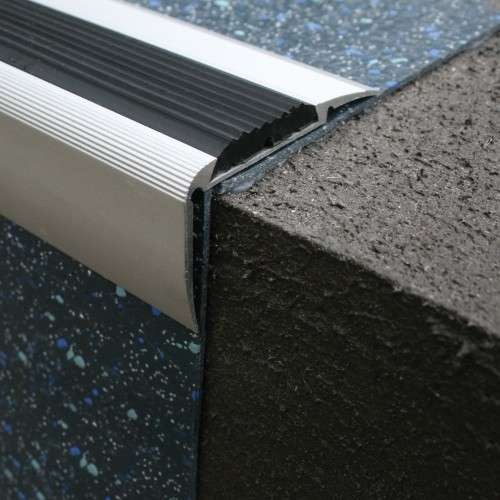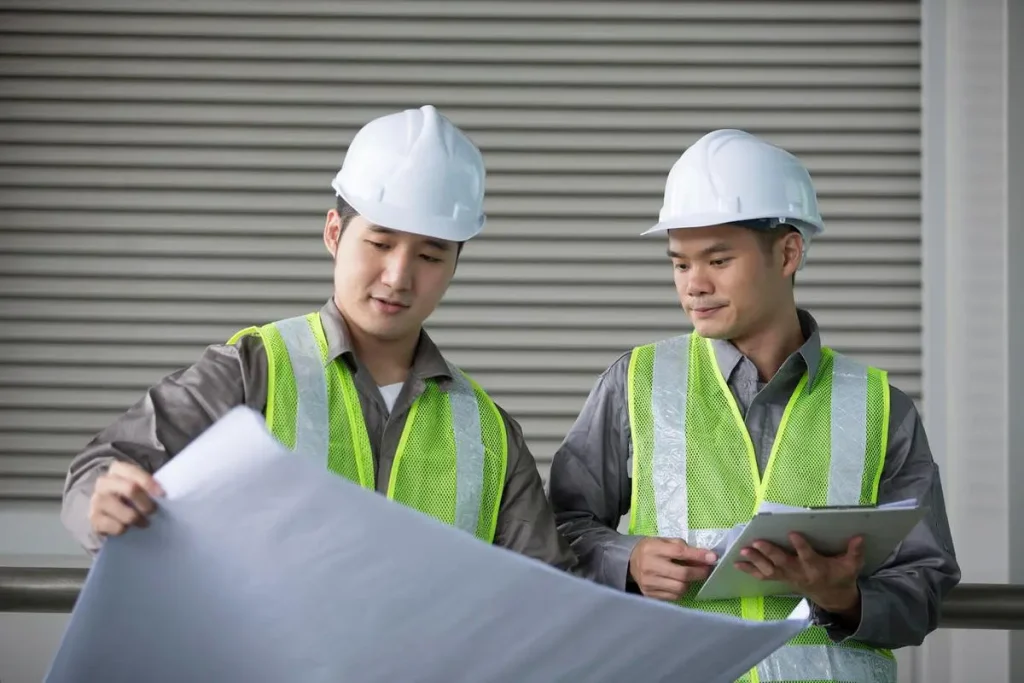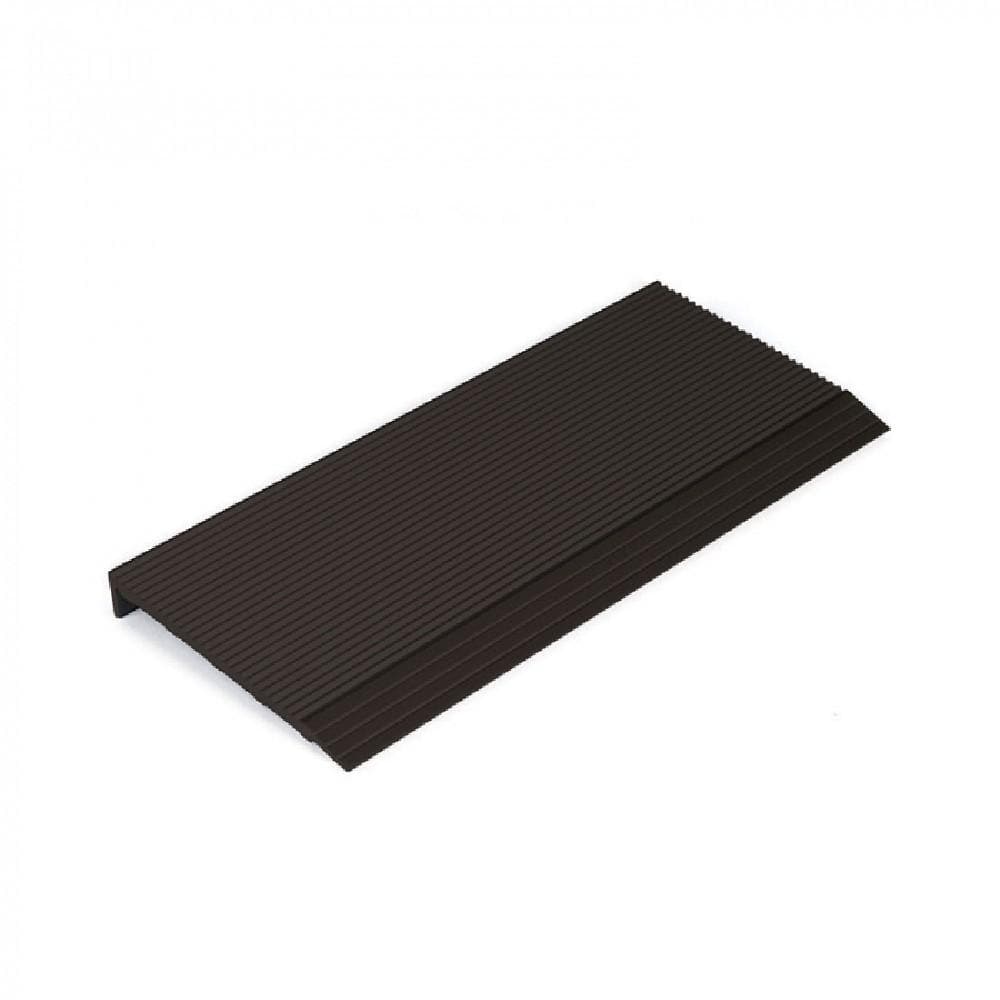The Importance of Stair Safety
Staircases are one of the most common places for accidents at home, especially for young children and older family members. Falls and slips can lead to serious injuries, so it’s important to take steps to make your stairs safer.
Benefits of Nonslip Stair Treads
Why Nonslip Treads Matter
Nonslip stair treads are a key solution for preventing stair accidents. These treads provide stability and better footing, making stairs safer for everyone. They enhance traction, reducing the risk of slips and falls. Made from durable materials, nonslip treads work well even in wet or slippery conditions.
How to Install Nonslip Treads
To improve grip on your stairs, install nonslip tape or silicone treads on the edges of wooden or concrete steps, indoors or outdoors. Consider using low-pile carpet for interior stairs, but fix any worn spots quickly to avoid slipping. Avoid placing loose rugs near stairs, or if you must, secure them with double-sided tape.

The Importance of Handrails
Why Handrails Are Essential
Handrails offer extra stability when going up or down stairs, helping to prevent falls. They are particularly useful for small steps, like those between your home and the garage or leading to your porch.
Installing Handrails Properly
Make sure handrails are securely attached and extend the full length of the staircase. They should be easy to grip and positioned at a comfortable height for all users.
Ensuring Consistent Step Height and Depth
The Need for Uniform Steps
To prevent tripping, ensure that the risers (vertical parts) and treads (horizontal parts) of your steps are the same height and depth. In many older homes, the top step might be larger because of missing nosing. This can cause people to misstep and fall. Fix any uneven steps to improve safety.
Adjusting Stair Flooring
Replacing Stair Flooring
For a more permanent solution, consider replacing your stair flooring with slip-resistant material. This can be expensive and disruptive but offers long-term safety benefits.
Choosing the Right Flooring
Select materials that provide good traction and are easy to maintain. Avoid slick surfaces like polished wood or tiles, and opt for textured finishes that help reduce slipping.

Weather Considerations for Outdoor Stairs
Dealing with Weather Hazards
Outdoor stairs face elements like rain, snow, ice, and mold, making them hazardous. To prevent accidents, install anti-slip devices designed for outdoor use. These devices offer continuous traction in all weather conditions.
Effective Outdoor Solutions
Choose treads with raised-button traction surfaces. These ensure strong contact between shoes and the stair tread, even in rain, hail, or light snow.
Conclusion
Preventing falls on staircases is crucial for home safety. By installing nonslip stair treads, ensuring uniform step dimensions, adding handrails, and addressing outdoor weather hazards, you can greatly reduce the risk of accidents. Implementing these measures will create a safer environment for everyone in your home.

About The Author
Meet Kevin, a seasoned expert in the field of architectural safety and design with over 12 years of experience. As a leading authority on stair safety solutions, Kevin has dedicated their career to exploring and implementing innovative and effective stair nosing applications.

